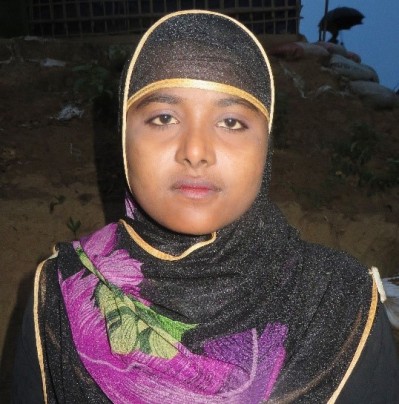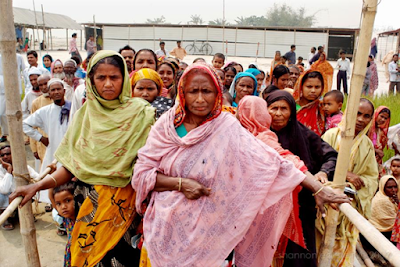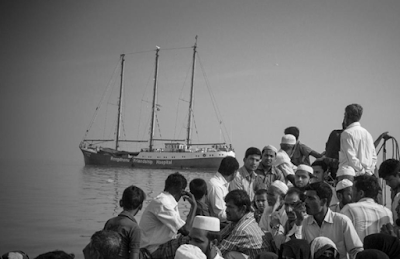702,000 Rohingya
have been displaced due to systematic and violent persecution by the
Myanmar military since August of 2017. Despite attempts to hide the
evidence and vehement denial by the government, literally hundreds of
thousands of first-hand accounts describing arson, forced evictions,
abductions, rape, beatings, torture, executions and false imprisonment
have come from the traumatized lips of the victims fleeing for their
lives, dubbed “a textbook example of ethnic cleansing” by the UN.
The Rohingya crisis
has reached a critical mass; with the current population of the
Rohingya in Cox’s Bazar totalling 915,000. They can neither return to
their homeland without the assurance of justice and security, which the
Myanmar government has been very hesitant to acquiesce to; nor can the
environment and impoverished local populace in Cox’s Bazar support this
immense influx of people, a poor region in a poor country in of itself.
The needs cannot be understated. A population approaching a million stateless Rohingya are stranded in Cox’s Bazar, with nowhere to call home. In any other situation they would be a sizeable town or small city; indeed the influx since August is slightly more than the entire population of Washington DC. However here, on this land, they are still lacking basic human necessities — solid shelter, drinkable water, nutrition, healthcare and education. Not to mention the sheer psychological shock from witnessing immense violence, with many thousands being raped and pregnant from it, and witnessing the killing of loved ones that they survived to get to Bangladesh. Many were in shock and unable to speak for weeks after their arrival; scared, confused and traumatized. Aid workers had to try to gain their trust before they accepted any help and only then could they move on tangible needs — food, water, medical attention — all of which are still sorely lacking for the massive population of the camps.
Friendship’s teams have been working since September to bring appropriate responses. That being an integrated, sustainable and holistic approach towards a solution that includes static clinics, mobile pathology lab, maternity clinics, WASH installations, child friendly social spaces, solar-powered electricity supply, bridges, signboards encouraging respectful and ethical giving, and of course medical and nutritional supplies. These interventions act together to cater to both their physical and psychological needs, rehabilitating them in the truest sense, whilst preserving their dignity and hope.
It is not however, a responsibility that Friendship
can shoulder by itself. Along with other (non)government,
(inter)national entities, the organization needs support to alleviate
the poor conditions and stabilize the situation, so that the Rohingya
can have sustainable, comfortable, hospitable living conditions until
they can be repatriated or assimilated. The Rohingya crisis is not going to solve itself, and we need your assistance. Every little bit matters. Please help us, help them.












